After 700 years in one family, this stunning country estate is up for sale – with a £30 million price tag
After 700 years in one family, the great Cheshire estate, complete with Grade I-listed hall, is on the market. Penny Churchill takes a look at this magnificent place.
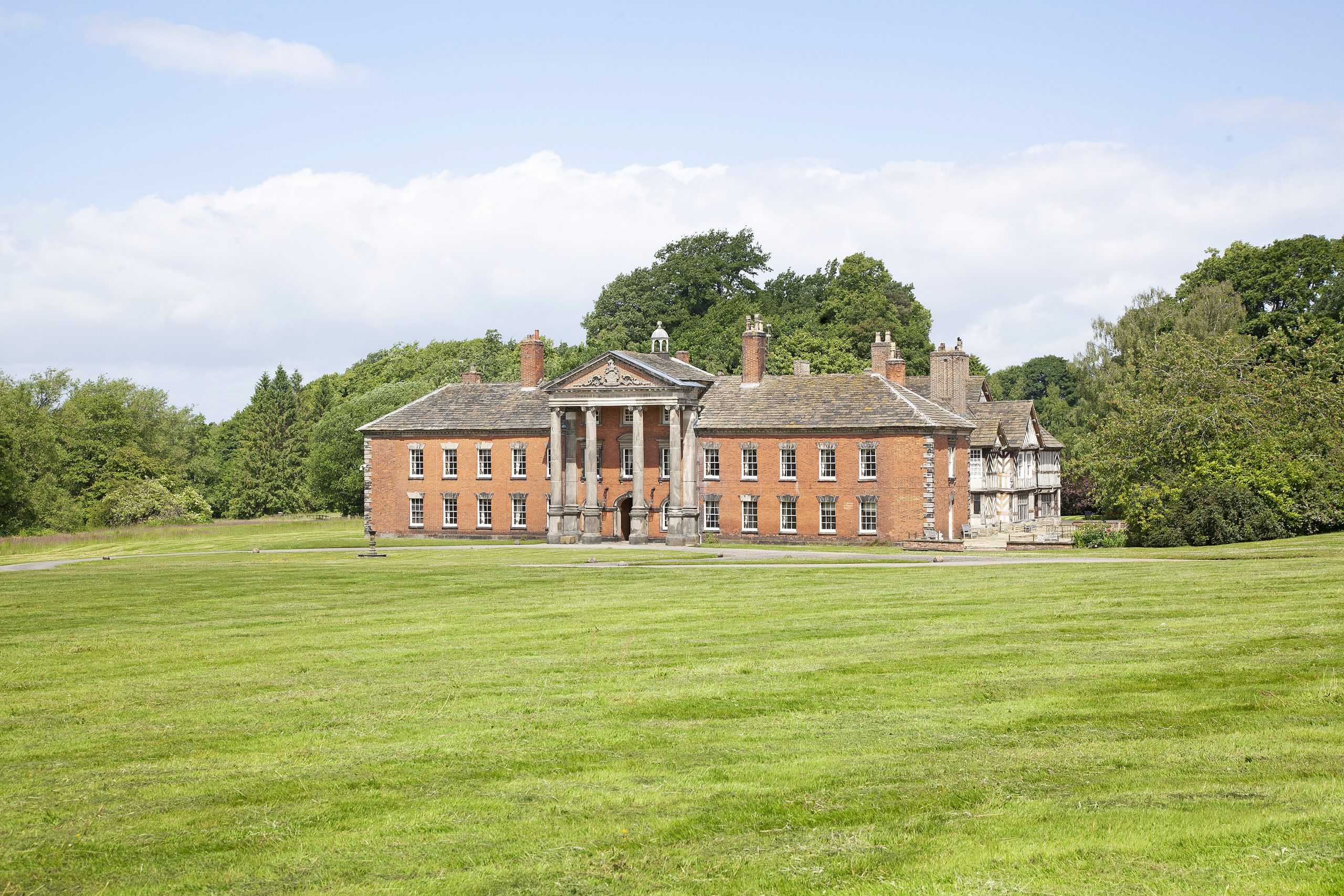

Launching onto the market for the first time in 700 years is one of Cheshire’s great land holdings, the 1,921-acre Adlington Hall estate, which lies five miles east of Wilmslow, seven miles north of Macclesfield and 16 miles south of Manchester. At its heart stands Grade I-listed Adlington Hall, a quadrangular building set around a central courtyard.
Built on the site of a Saxon hunting lodge, it has been the seat of the Legh family since 1315.

The historic estate, which comprises six let farms, a further 22 houses and cottages, plus various ancillary buildings and parcels of land, is for sale through Savills and Mark Wiggin, at a guide price of £30 million — a huge amount, and in recognition of the fact that not everybody would want to take on the whole thing, the sellers are willing to divide it up in to 25 lots.
The first of three articles in Country Life (November 28, December 5 and 12, 1952) traces the history of Adlington Hall, from ‘Saxon hunting-box long since disappeared; Tudor rebuilding in two stages; Caroline restoration after the Civil War; [and] Georgian additions which completed the quadrangle, to modern demolitions which have made the house more manageable in these increasingly difficult times’.
Adlington is mentioned in the Domesday survey as Edulvinstane, which was owned before the Conquest by the Saxon Earl Edwin and then by Hugh Lupus, Earl of Chester and nephew of William the Conqueror, who inherited the family passion for hunting. In those days, the estate was located within the Royal Forest of Macclesfield, a famous hunting venue that, in its heyday, stretched from Macclesfield to the Mersey.
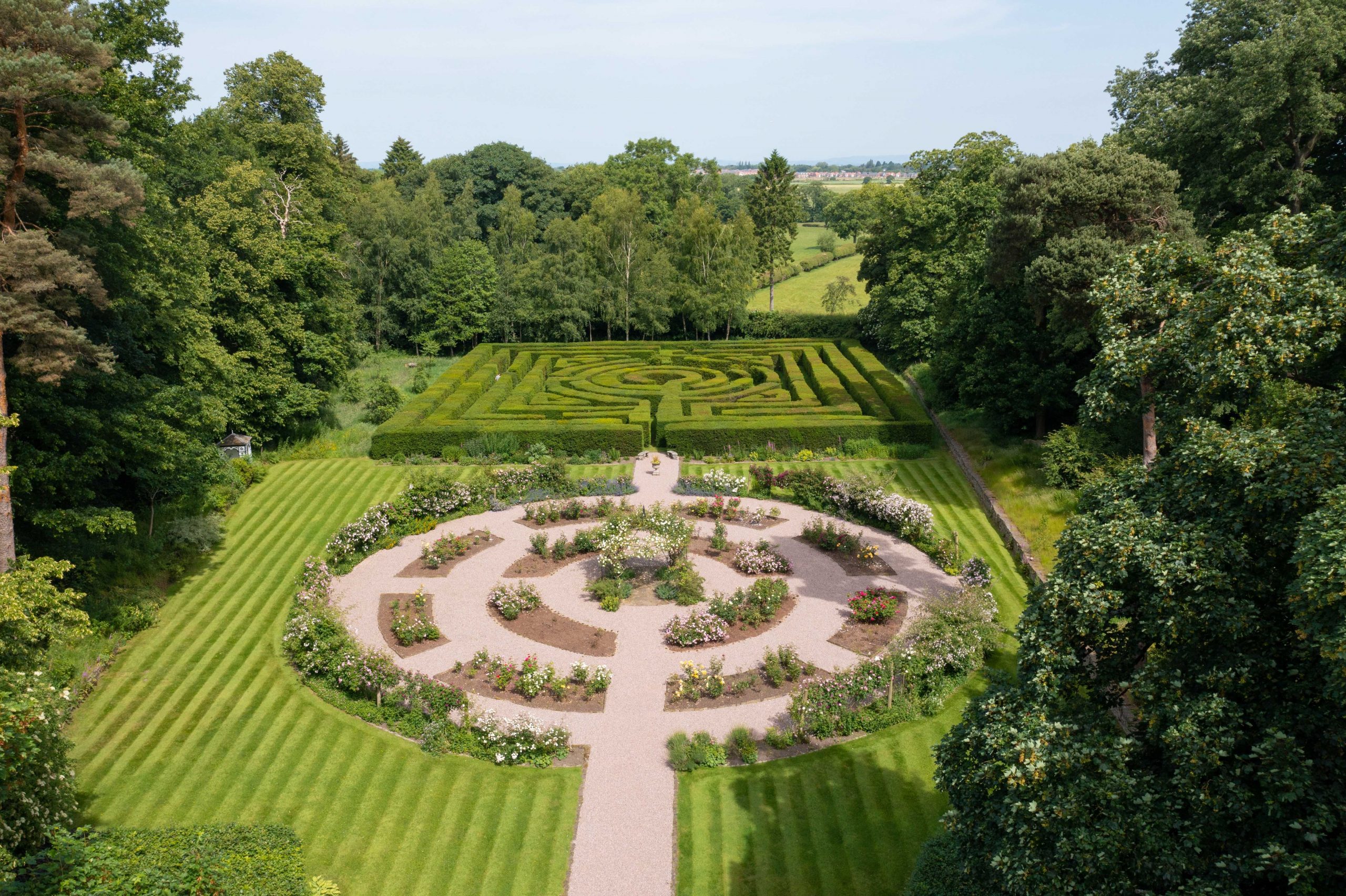
On Lupus’s death, the manor reverted to the Crown and, early in the 13th century, was granted to the Norman family of de Corona, four generations of whom lived at Adlington. The last member of the family to own it was Thomas de Corona who, having no heir, gave the manor to his sister, Ellen, and her husband, John de Legh. There have been Leghs at Adlington ever since.
In the late 1400s, the hunting lodge at Adlington was replaced by the original Adlington Hall, built by Thomas de Legh between 1480 and 1505. The next stage in the development of the house was carried out by Thomas’s great-grandson, also Thomas, who was High Sheriff of Cheshire in 1588.
Sign up for the Country Life Newsletter
Exquisite houses, the beauty of Nature, and how to get the most from your life, straight to your inbox.
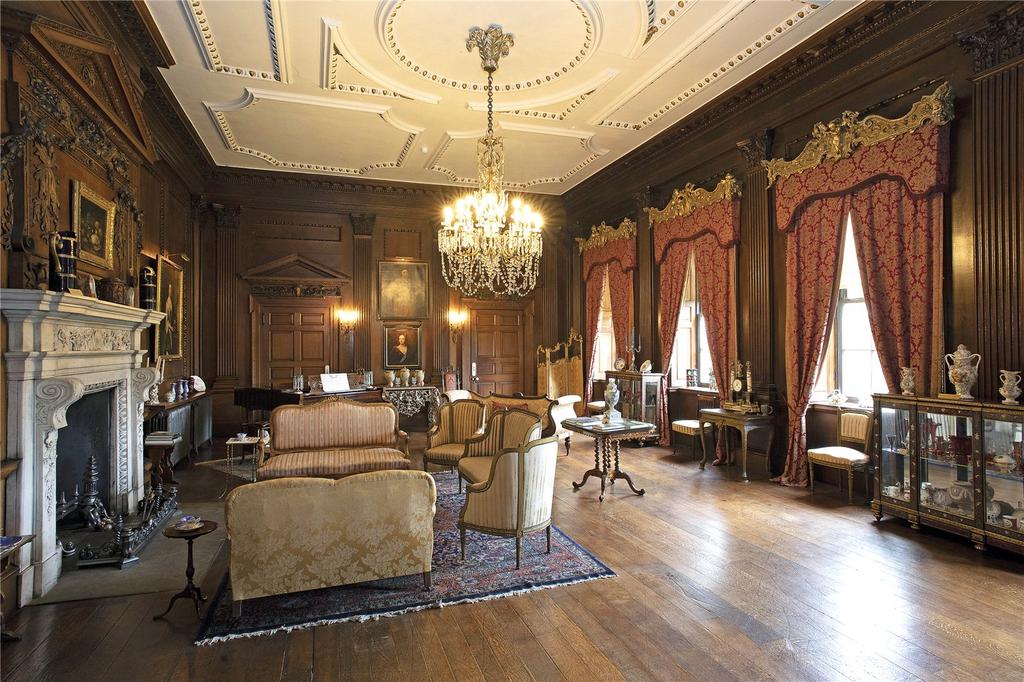
By 1581, he had refaced the hall, added the porch and built the range of half-timbered, black-and-white buildings that fill part of the north side and the whole of the east side of the hall.The west side of the quadrangle was probably left open, whereas, to the south, there would have been a detached gatehouse with a bridge over the moat that once surrounded the whole house.
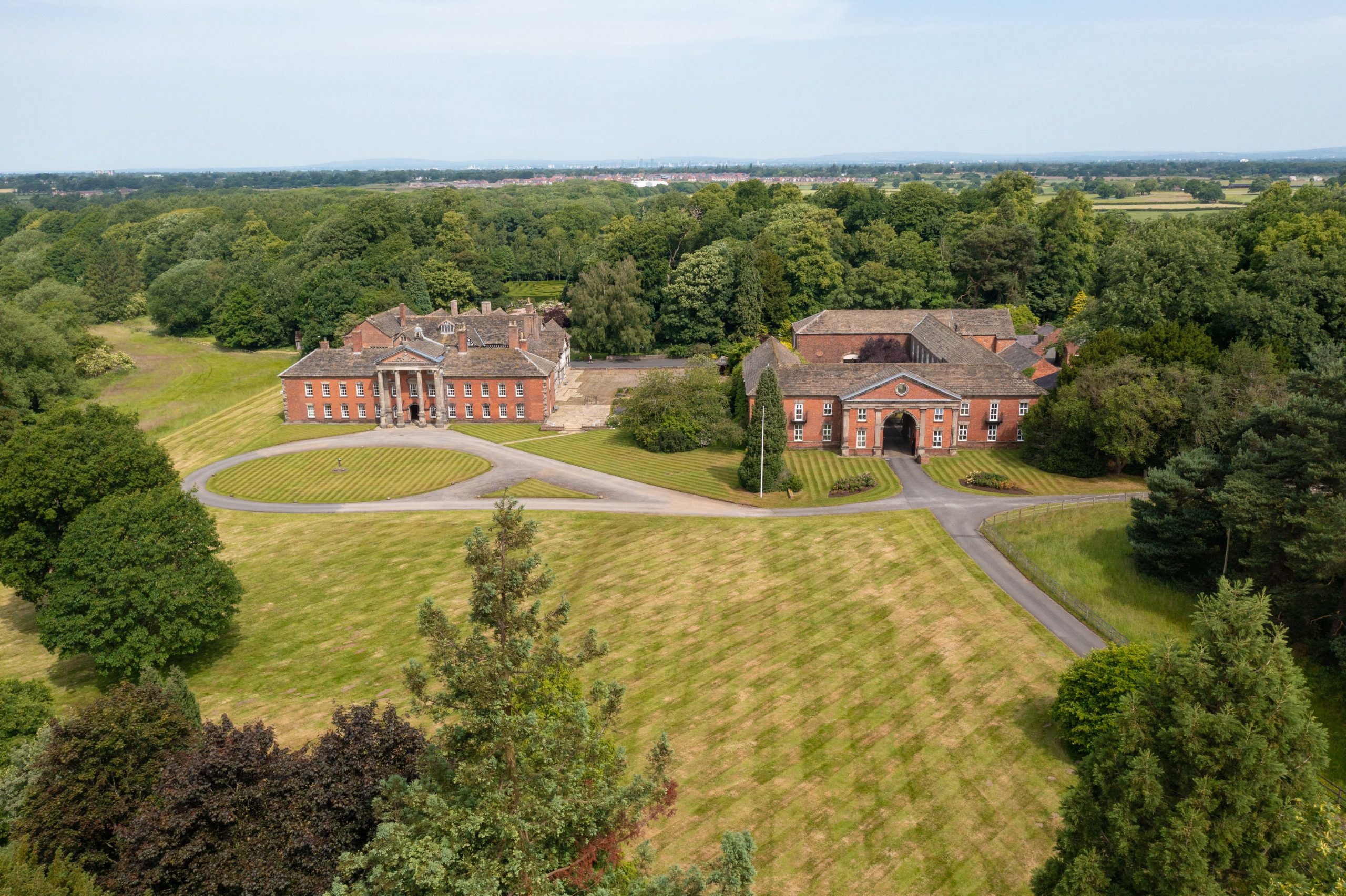
During the Civil War, Adlington was held for the Crown by Thomas’s grandson, Col Thomas Legh, and twice besieged by Parliamentary forces. He was succeeded by his eldest son, Col Thomas Legh the younger, whose estates were confiscated after the Civil War, but eventually restored to him in 1656.
After two sieges and several years of neglect, the house was in desperate need of repair and the restoration that followed included the addition of the present north front of the house, which dates from about 1660.
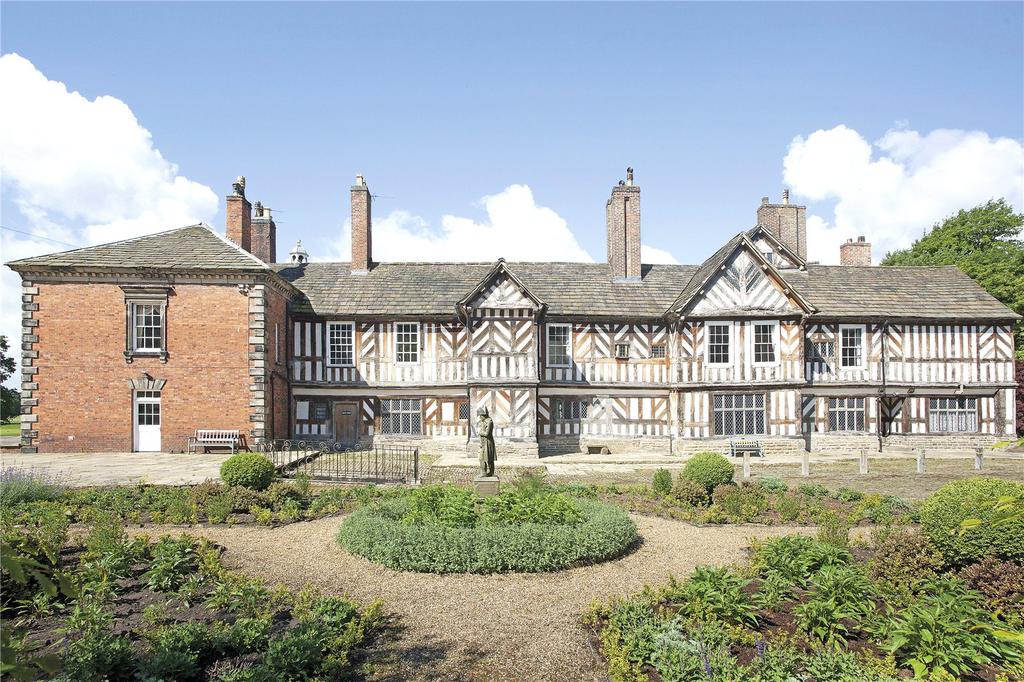
Col Legh died in 1689 and was succeeded by his eldest son, another Thomas, whose reign at Adlington was brief. According to a diary preserved at nearby Tabley House, Knutsford, on April 6, 1691: ‘Col Legh, of Adlington, layning on a raile in Adlington, which breaking he fell and broak his neck and died.’
He was followed by his eldest surviving son, John, who made considerable alterations to the interior of the hall, although it was his only son, Charles, who was responsible for Adlington’s next and greatest transformation.
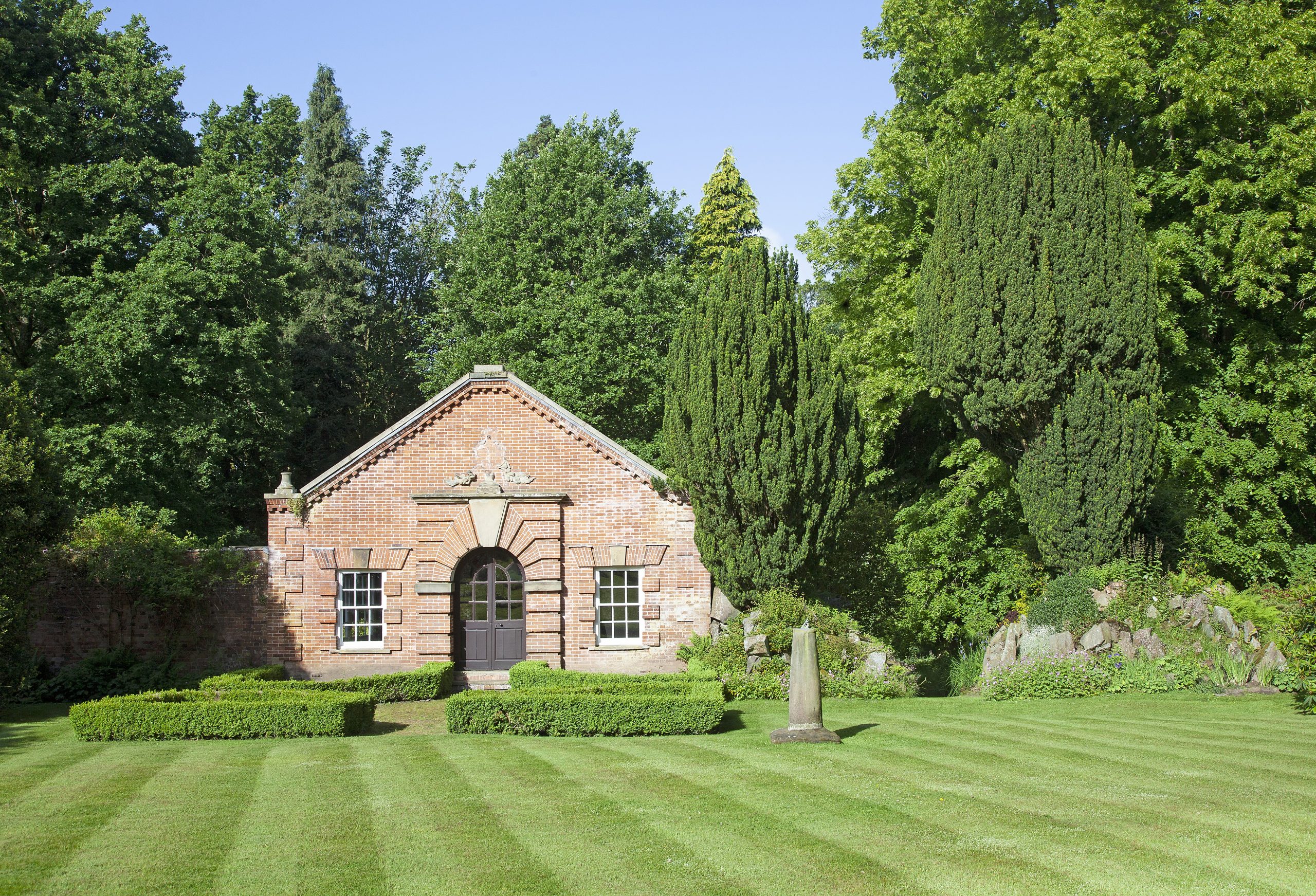
Charles inherited the estate on his father’s death in 1739 and, within a few years, he had embarked on extensive improvements to the house and its surroundings. He began by filling in the open west side of the quadrangle with a wing containing a staircase, dining room, drawing room, library and ballroom, which was completed by about 1749.
He then replaced the buildings on the south side of the quadrangle with a range connecting his new west wing with the old east wing. At either end of the south front were projecting bays, demolished in 1929 when the size of the house was considerably curtailed.
When enlarging the house, Legh also built the Grade II*-listed stable courtyard to the east of the hall and extensively remodelled the park and gardens, also listed Grade II*, creating a formal water garden to the north, and a pleasure-ground known as The Wilderness around the River Dean, which meanders through the estate from north to south.
A wonderful example of a woodland garden with a number of follies, eyecatchers and many specimen trees, The Wilderness is entered through gates dating from 1688, which lead to the Dutch Lime Walk planted to commemorate the accession to the throne of William of Orange and Queen Mary.
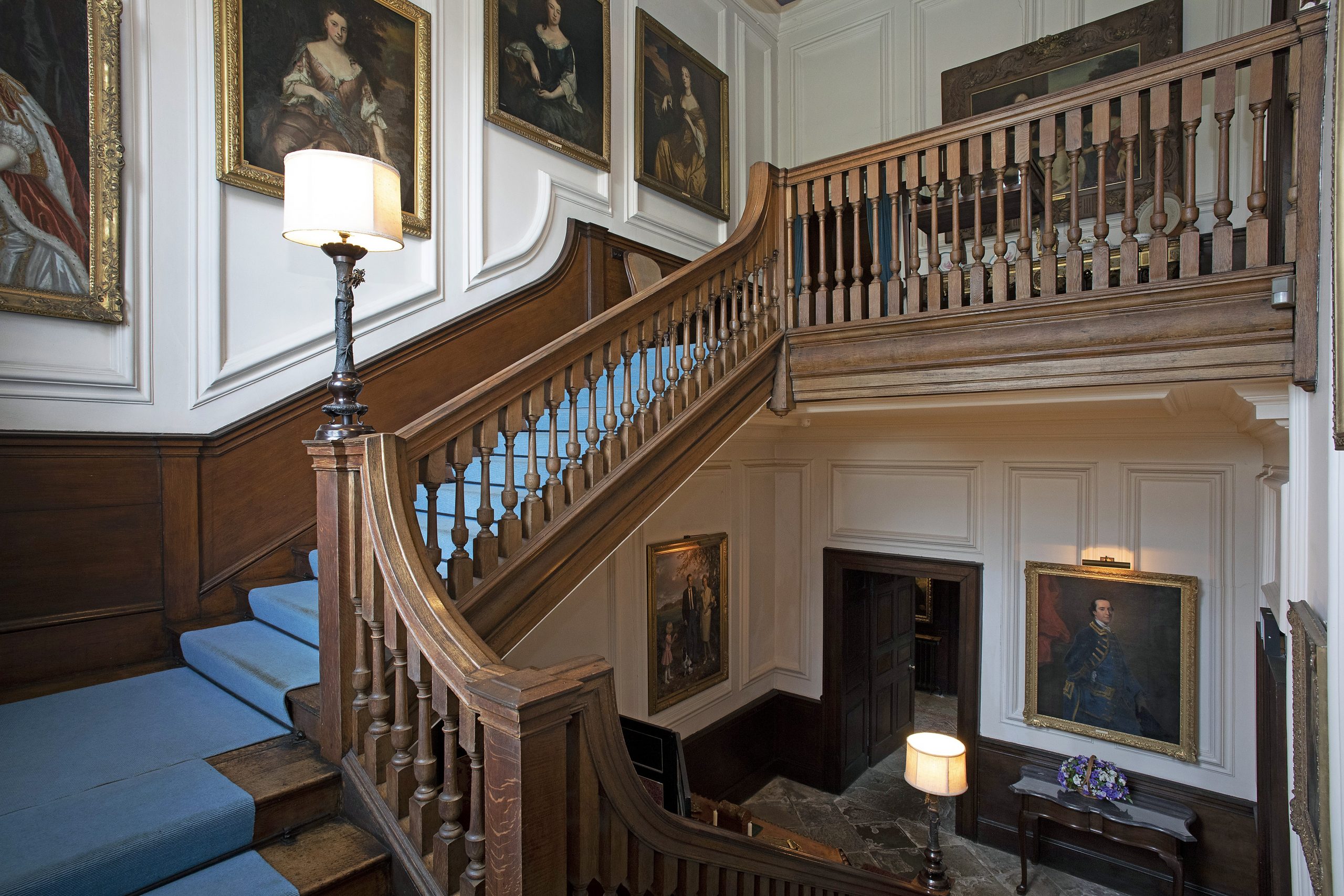
For sale at a guide price of £12.5m, Lot 1 comprises the south side and Georgian part of the hall, which has been used as a private family home in recent years. The east side of the 20,000sq ft building includes the estate office, kitchen and chapel, whereas the northern section houses the magnificent Tudor Great Hall with its organ, forever associated with Legh’s friend Handel, and some of Adlington Hall’s oldest and most important rooms, predominantly used in recent years for weddings and other events.
Lot 1 also includes the north and east lodges, 10 period mews houses in the former stable courtyard (currently let on assured shorthold tenancies), together with Adlington’s park, gardens and The Wilderness—some 160 acres in all.
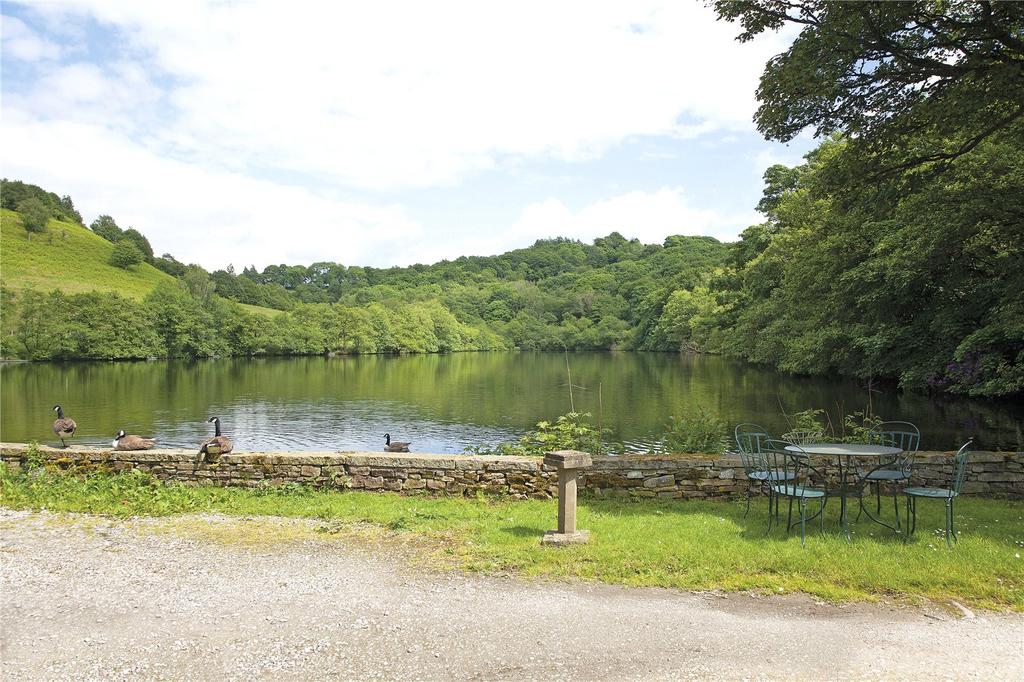
Alex Lawson of Savills comments: ‘What is significant about the sale of the Adlington Estate is that it is a complete country estate with real historic provenance, including an important, Grade I-listed hall that has been in the same family for 700 years. This is doubly rare in Cheshire, where nothing of similar scale has been seen on the market in decades. In fact, according to our records, only one farm of more than 1,000 acres has been seen on the open market since 1995.’
Adlington Hall Estate is currently on the market via Savills and Mark Wiggin with a guide price of £30 million — see more pictures, or enquire with the agents for further details.

Credit: Strutt and Parker
Best country houses for sale this week
An irresistible West Country cottage and a magnificent Cumbrian country house make our pick of the finest country houses for
-
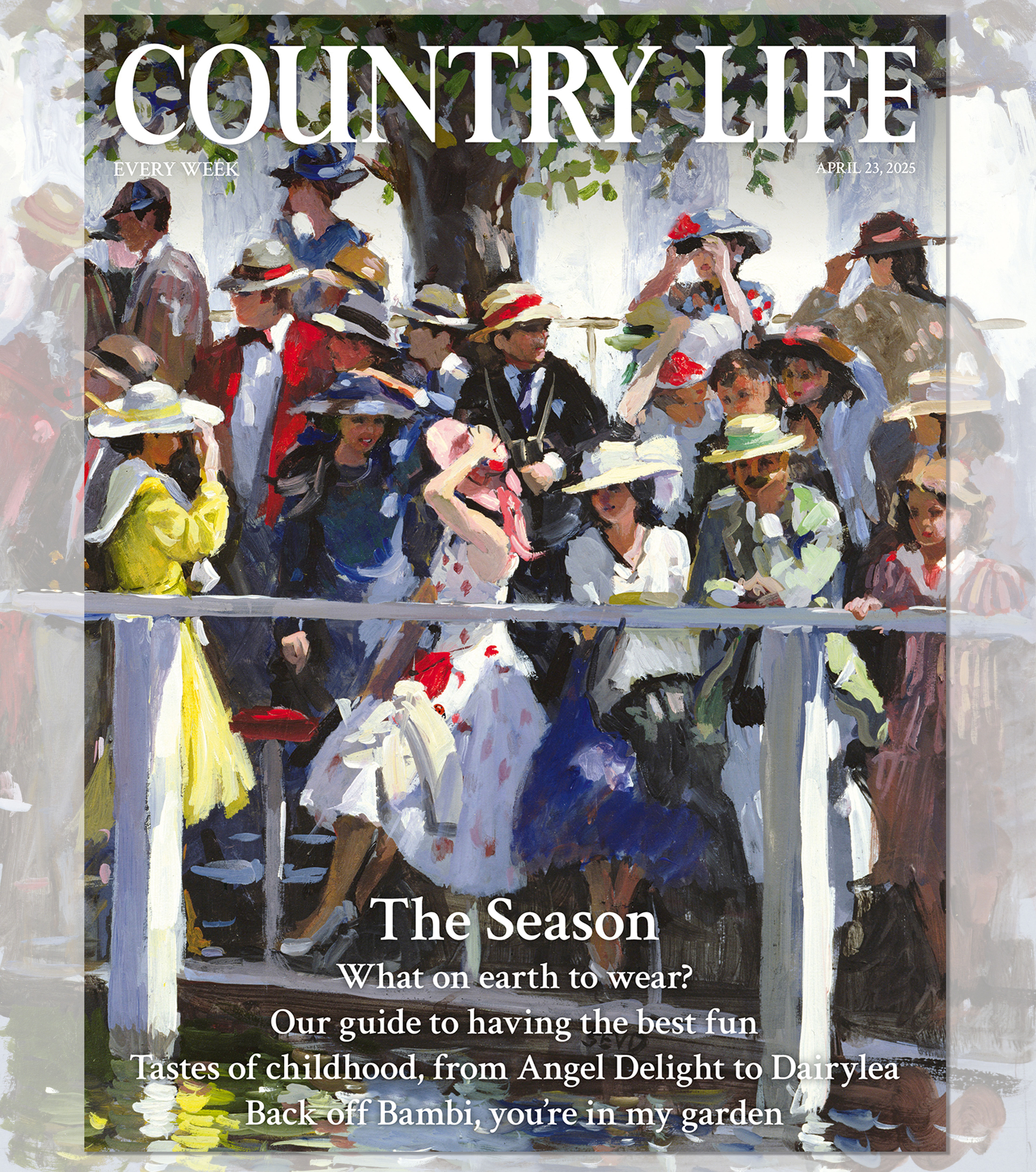 Country Life 23 April 2025
Country Life 23 April 2025Country Life 23 April 2025 looks at how to make the most of The Season in Britain: where to go, what to eat, who to look out for and much more.
By Toby Keel Published
-
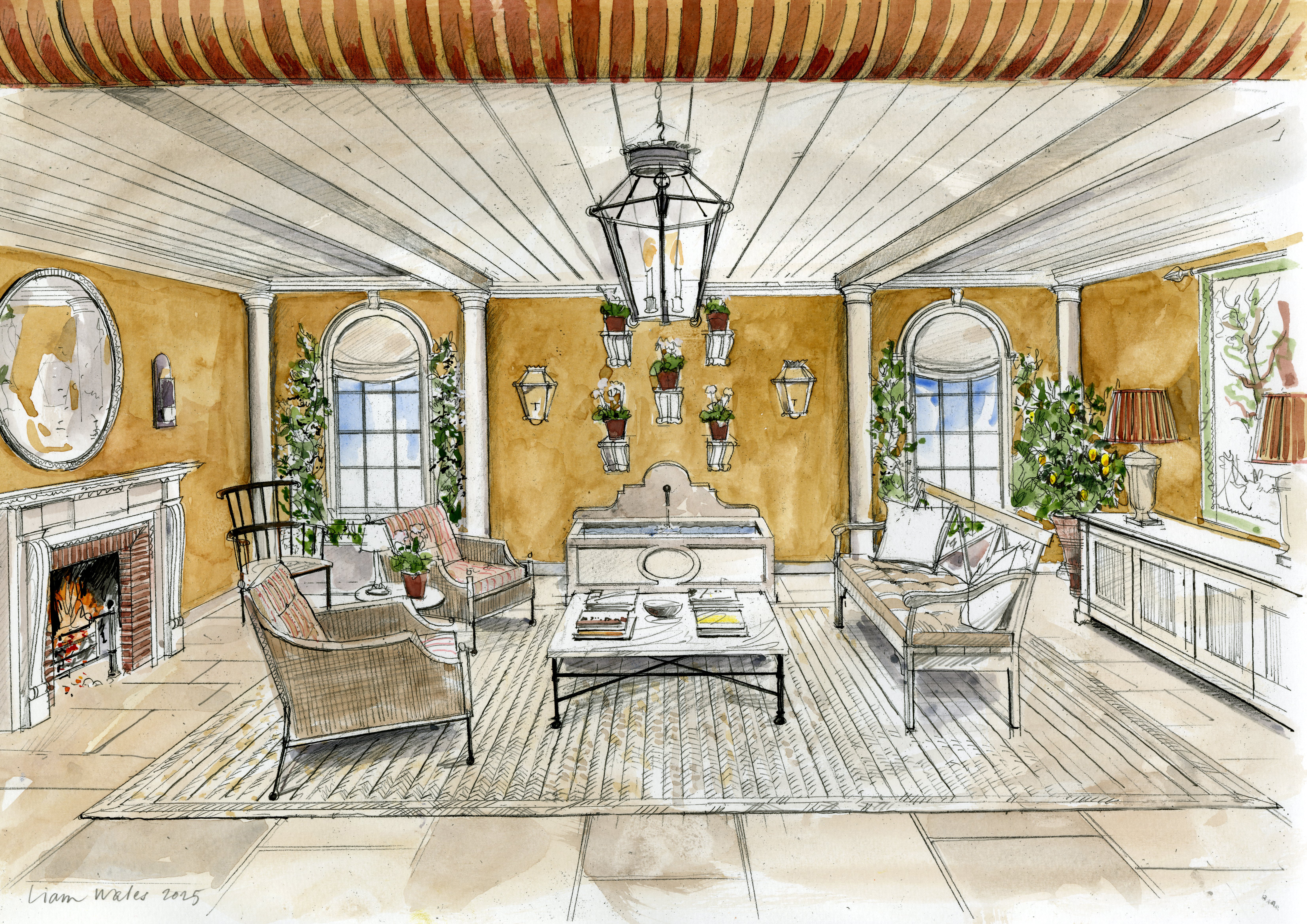 The big reveal: A first look at Country Life's RHS Chelsea Flower Show stand
The big reveal: A first look at Country Life's RHS Chelsea Flower Show standInterior designer Isabella Worsley reveals her plans for Country Life’s ‘outdoor drawing room’ at this year’s RHS Chelsea Flower Show.
By Country Life Published
-
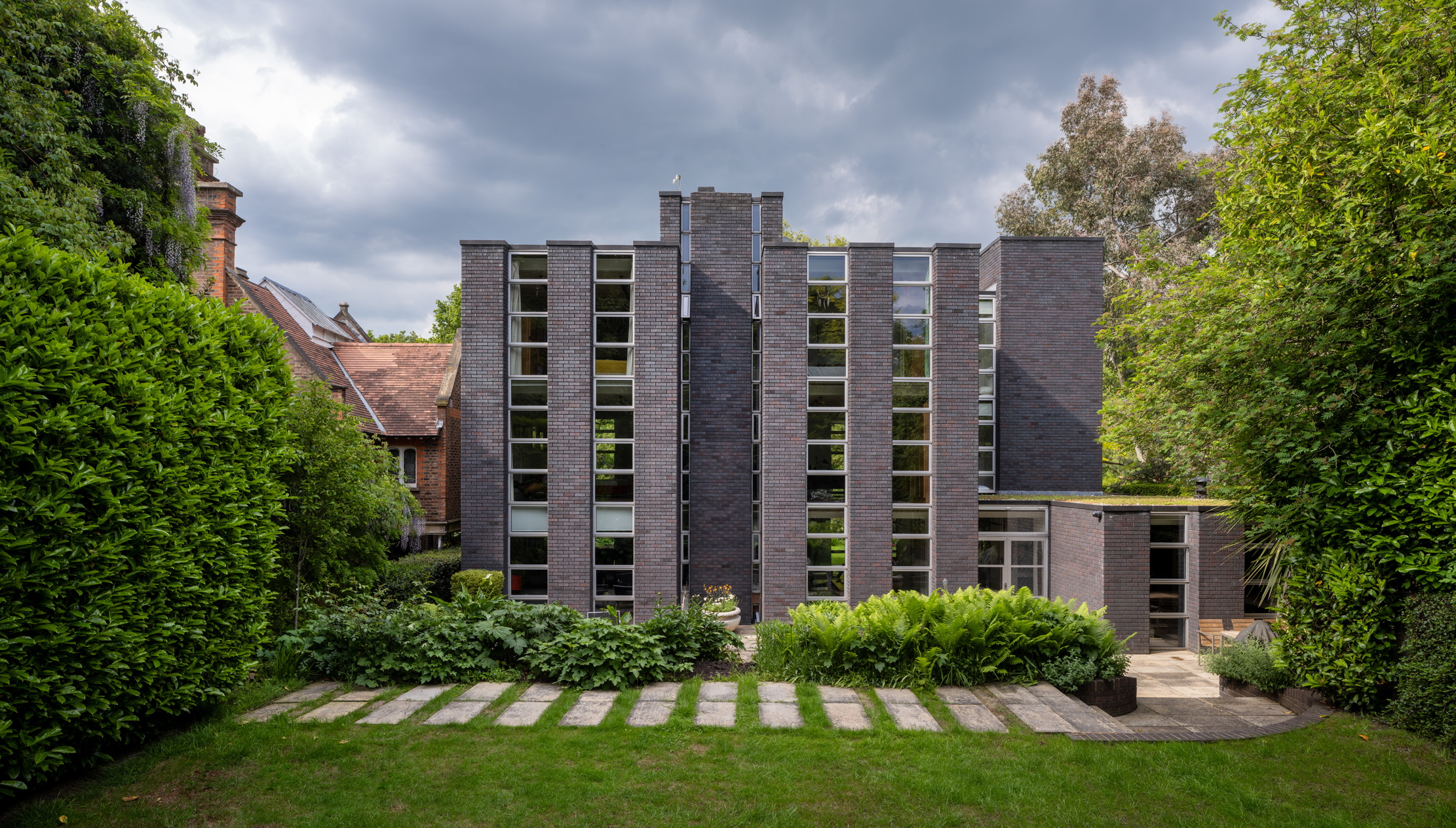 Schreiber House, 'the most significant London townhouse of the second half of the 20th century', is up for sale
Schreiber House, 'the most significant London townhouse of the second half of the 20th century', is up for saleThe five-bedroom Modernist masterpiece sits on the edge of Hampstead Heath.
By Lotte Brundle Published
-
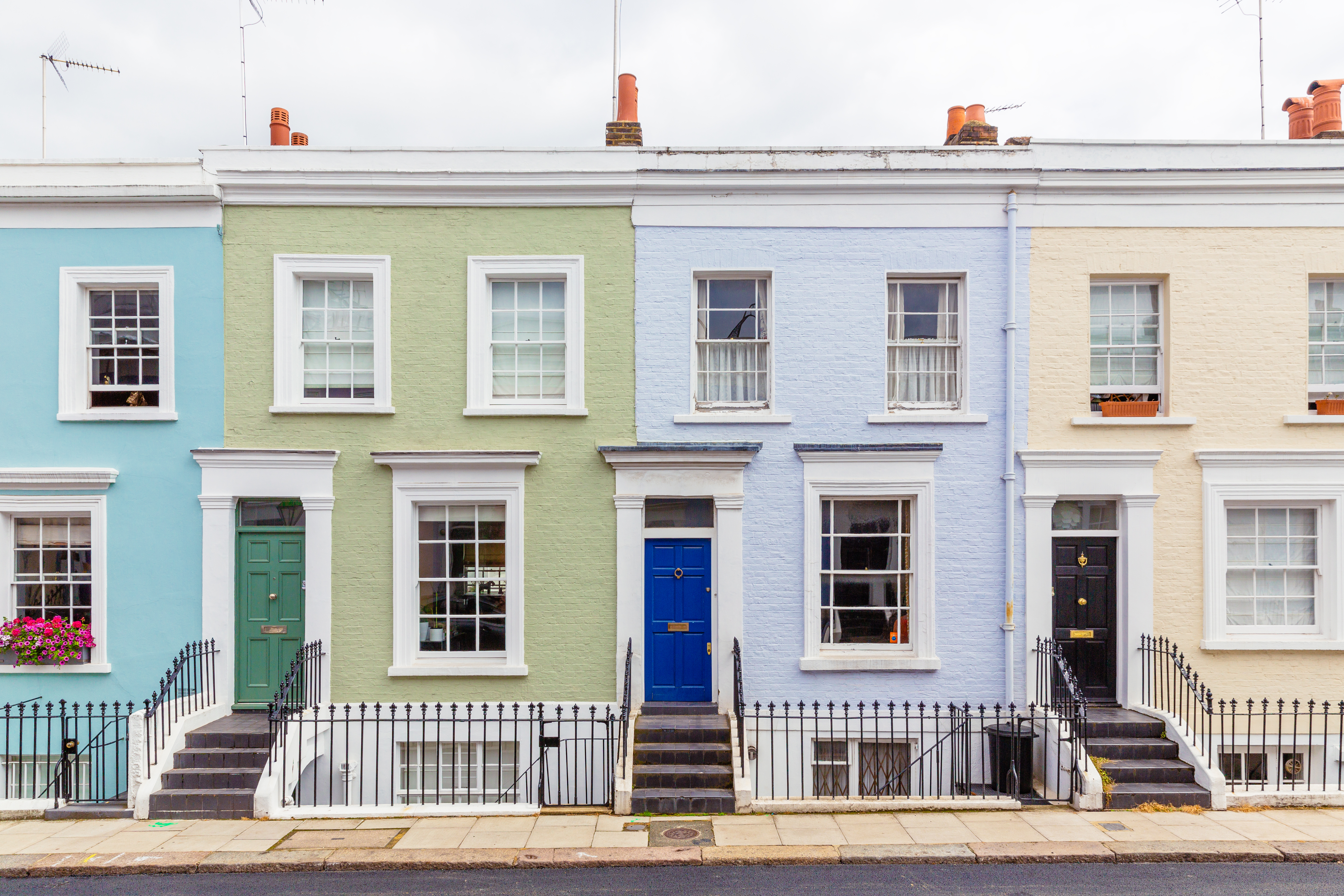 London is the place for me* (*the discerning property buyer)
London is the place for me* (*the discerning property buyer)With more buyers looking at London than anywhere else, is the 'race for space' finally over?
By Annabel Dixon Last updated
-
 What's a 'wellness village' and will it tempt you back into the office?
What's a 'wellness village' and will it tempt you back into the office?The team behind London's first mixed-use ‘wellness village’ says it has the magic formula for tempting workers back into offices.
By Annunciata Elwes Published
-
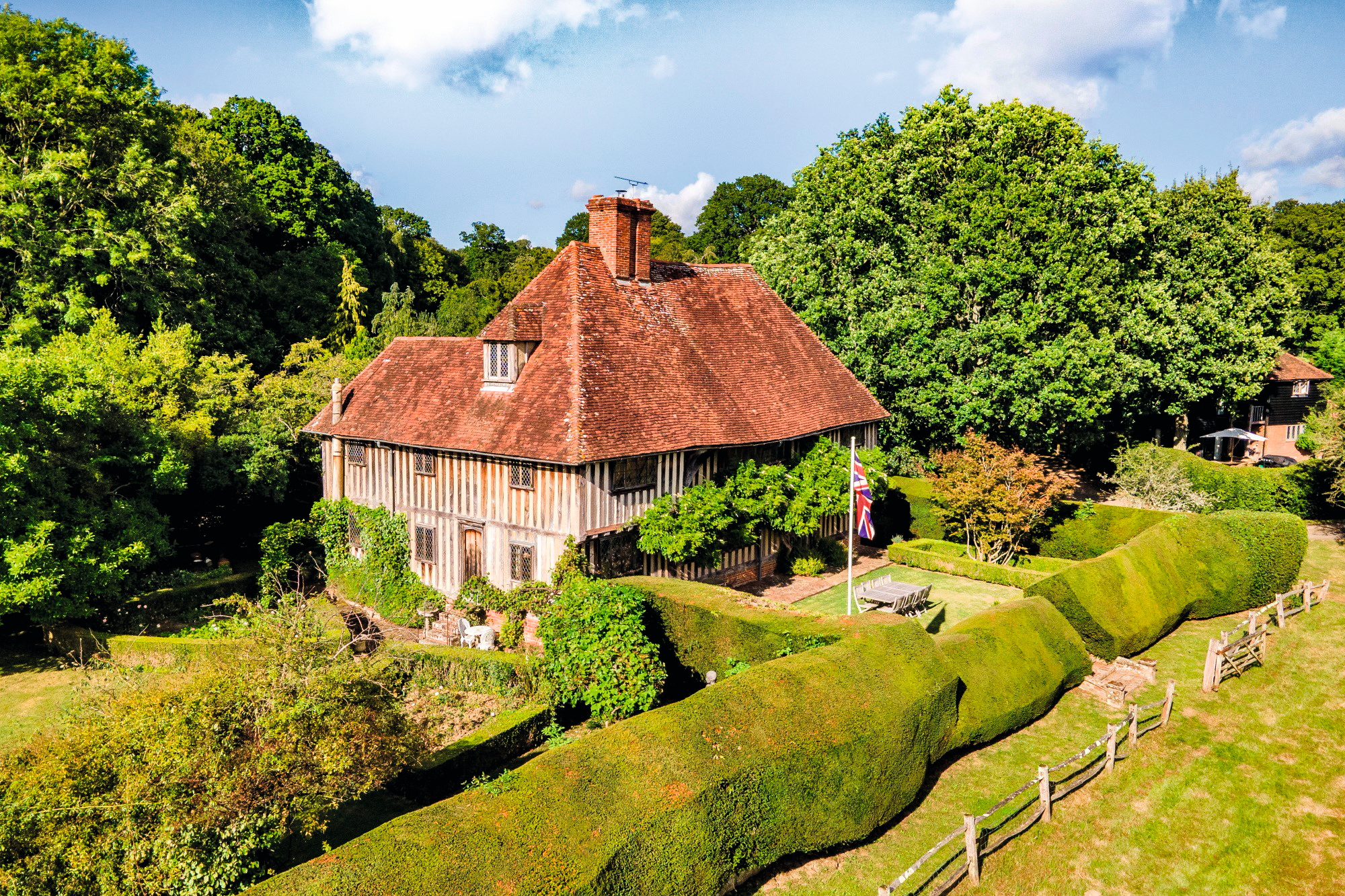 A mini estate in Kent that's so lovely it once featured in Simon Schama's 'History of Britain'
A mini estate in Kent that's so lovely it once featured in Simon Schama's 'History of Britain'The Paper Mill estate is a picture-postcard in the Garden of England.
By Penny Churchill Published
-
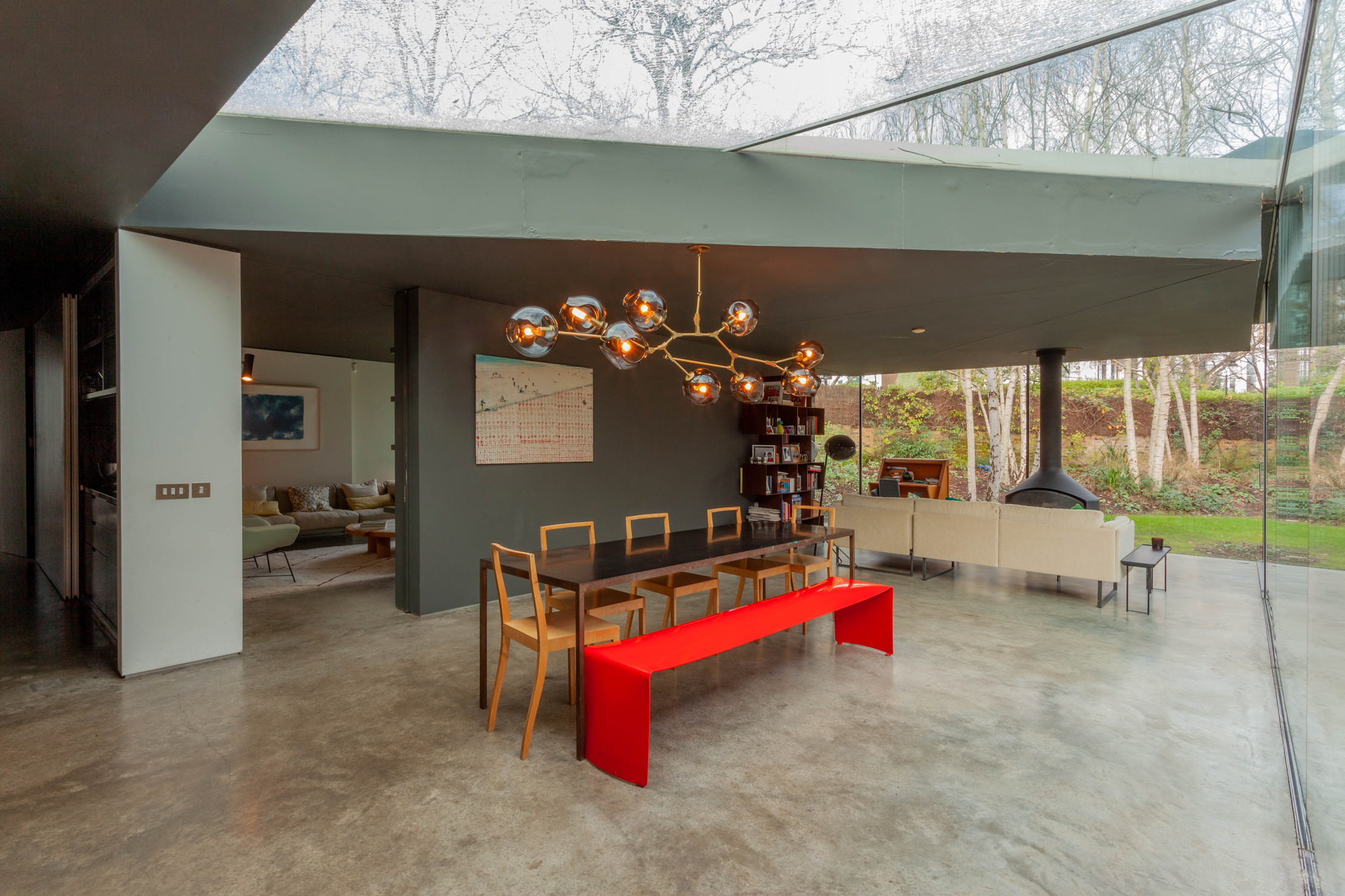 Hidden excellence in a £7.5 million north London home
Hidden excellence in a £7.5 million north London homeBehind the traditional façades of Provost Road, you will find something very special.
By James Fisher Published
-
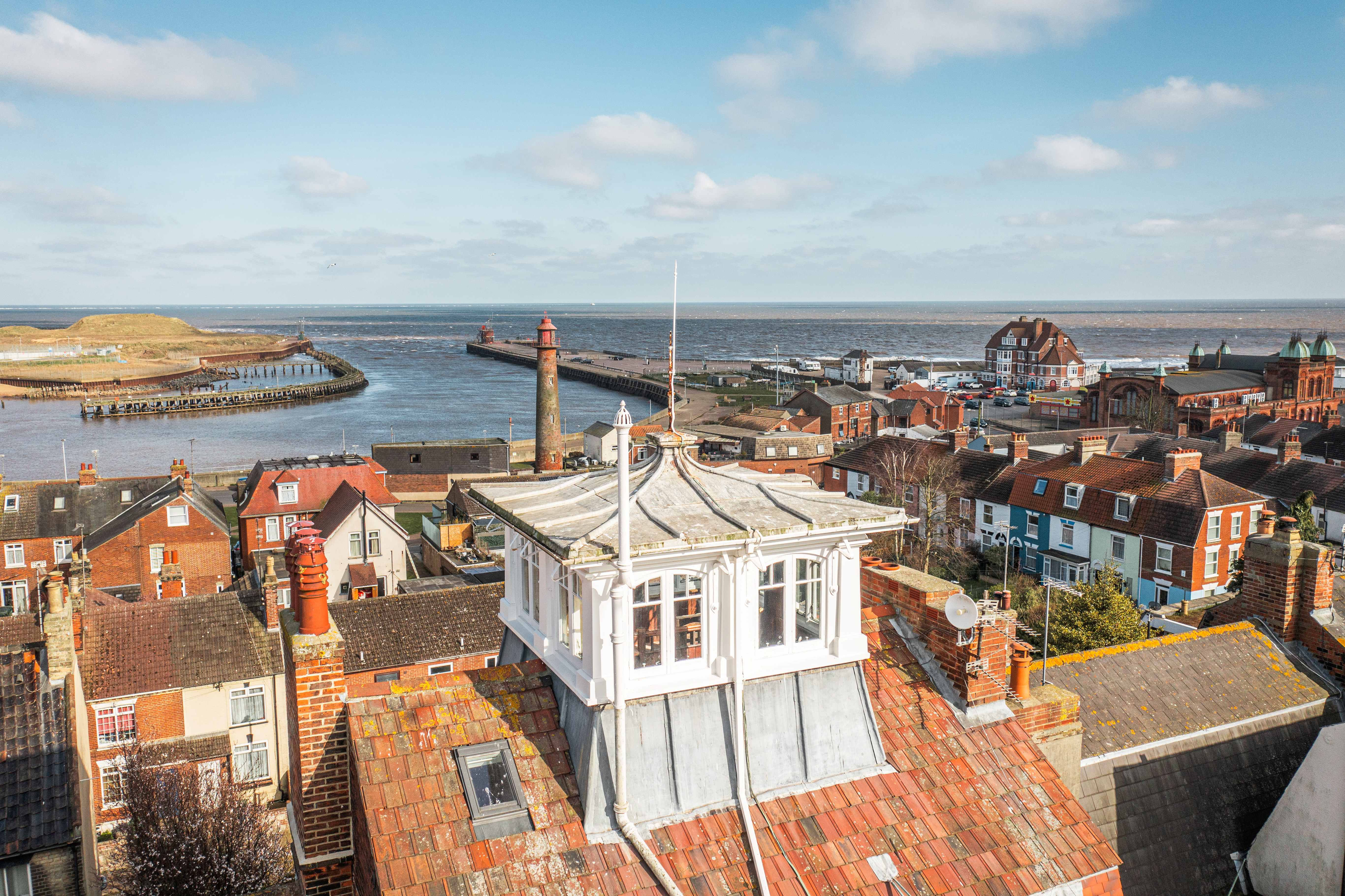 Sip tea and laugh at your neighbours in this seaside Norfolk home with a watchtower
Sip tea and laugh at your neighbours in this seaside Norfolk home with a watchtowerOn Cliff Hill in Gorleston, one home is taller than all the others. It could be yours.
By James Fisher Published
-
 A Grecian masterpiece that might be one of the nation's finest homes comes up for sale in Kent
A Grecian masterpiece that might be one of the nation's finest homes comes up for sale in KentGrade I-listed Holwood House sits in 40 acres of private parkland just 15 miles from central London. It is spectacular.
By Penny Churchill Published
-
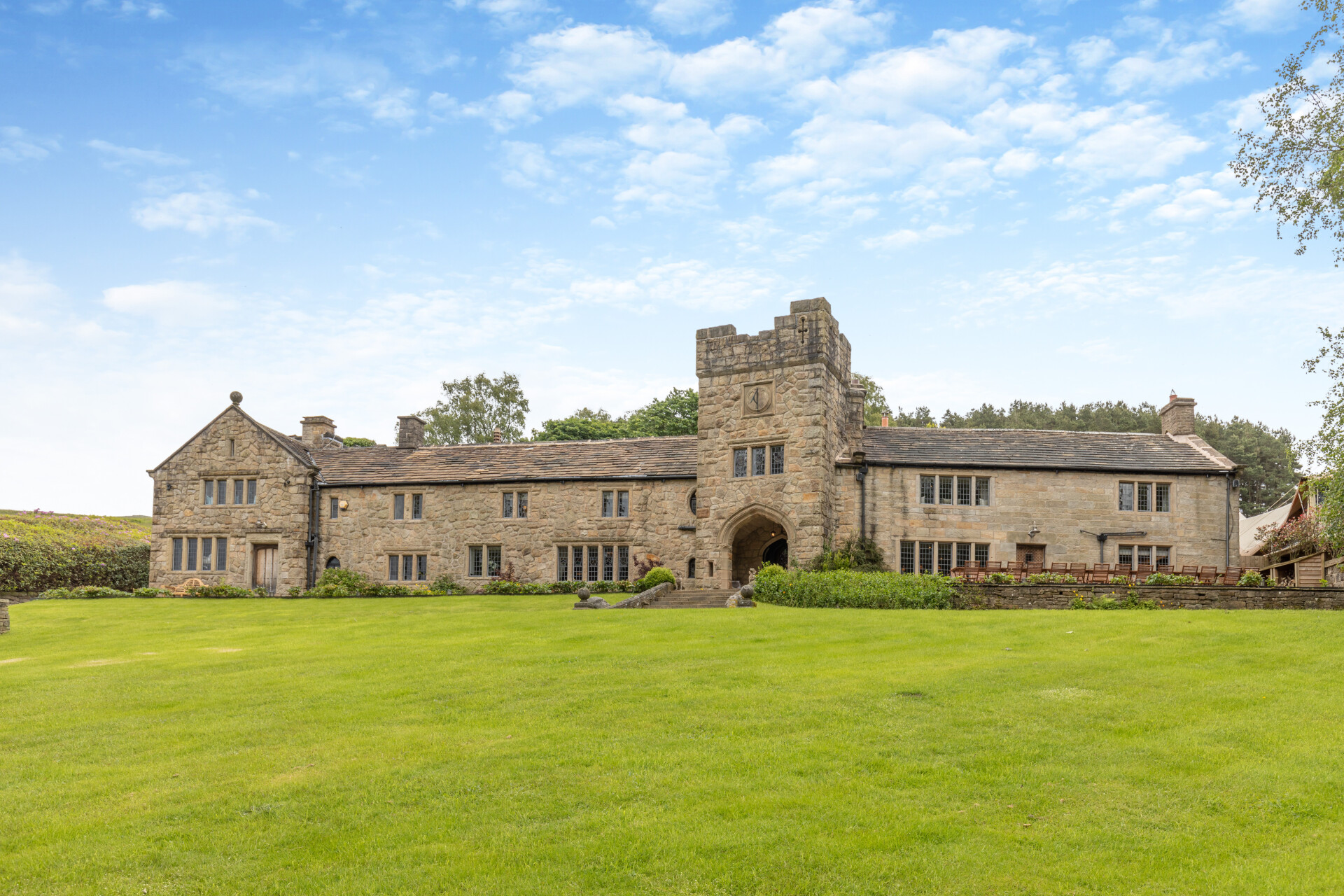 Some of the finest landscapes in the North of England with a 12-bedroom home attached
Some of the finest landscapes in the North of England with a 12-bedroom home attachedUpper House in Derbyshire shows why the Kinder landscape was worth fighting for.
By James Fisher Published
